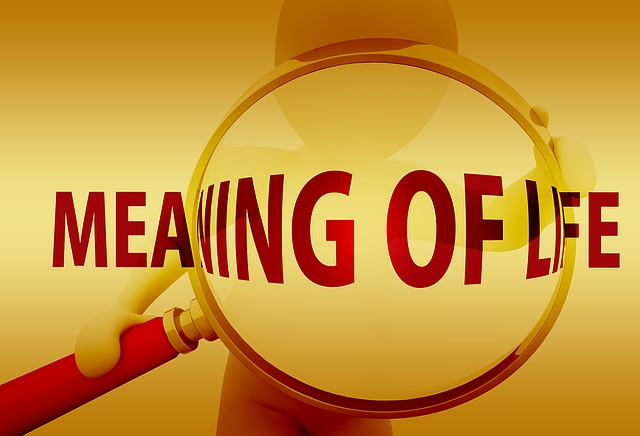Diana Winston, in her meditation podcast, Practicing Patience, suggests that patience is an expression of mindfulness. Patience involves being present in a purposeful, non-judgmental way. It requires self-awareness, self-regulation and, in the final analysis, a willingness to be with “what is”. Her guided meditation that follows this explanation is one of the many and varied, weekly meditation podcasts offered by MARC (UCLA). Diana is the principal meditation teacher but is very ably assisted by guest meditation teachers such as Matthew Brensilver, Mitra Manesh and Brian Shiers.
What makes us impatient?
The Cambridge Dictionary explains that we become impatient in two primary situations that frustrate our goal orientation, (1) where we are held up and have to wait when we are trying to go somewhere and (2) where we perceive that we are not achieving something fast enough that we are excited by. So, impatience involves a lack of tolerance of the present situation where we must wait or of our rate of progression to a desired future state. Richard Wolf explains that learning a new piece of music requires practice, patience and persistence, but we can be impatient with our rate of progress towards mastery. The tendency, then, is to become judgmental and self-critical.
The sources of our impatience can be numerous, e.g. stopped by a traffic light, held up by a slow driver or a cyclist in our car lane, experiencing writer’s block, an inability to master some aspect of a desired sporting skill, a mental blockage when presenting an idea, cooking a meal that overheats or becomes burnt, delays that make us late for a meeting or when preparing a meal for guests or any other sources of frustration of the achievement of our goals.
When we are impatient, we can experience a wide range of negative emotions such as annoyance, agitation, anxiety, anger or resentment. We can become overwhelmed, make poor decisions and behave rashly. In contrast, patience can lead to many positive outcomes – it is a common belief that “patience is a virtue” because it leads to many benefits such as maintaining peace and equanimity, keeping things in perspective, opening up opportunities and enriching relationships.
A meditation for developing patience
Diana in her meditation podcast provides a meditation designed to develop patience and cultivate the associated benefits. The patience meditation has several steps:
- Become grounded and focused – using your personal choice of an anchor such as your breath, sound or bodily sensation.
- Envisage a time when you were impatient – identify your thoughts, capture and name your feelings and revisit your bodily sensations
- Envisage a time when you were patient – again experience what it was like in respect of your thoughts, feelings and bodily sensations
- Re-envisage the situation where you were impatient – this time picture yourself being patient and in control. Try to capture the positive thoughts, feelings and sensations that accompany being patient in that situation.
This meditation, if repeated with some regularity, can help you to develop patience and experience the many positive benefits that accrue.
Reflection
As we grow in mindfulness through patience meditation, we can learn to transform situations where we have been impatient into ones where we are patient. In this way, we can develop our patience and realise the many benefits that accrue with the practice of patience.
____________________________________________
Image by wal_172619 from Pixabay
By Ron Passfield – Copyright (Creative Commons license, Attribution–Non Commercial–No Derivatives)
Disclosure: If you purchase a product through this site, I may earn a commission which will help to pay for the site, the associated Meetup group and the resources to support the blog.









